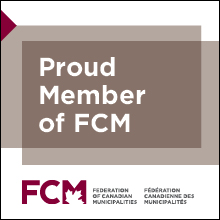Rural Areas
A well-known area for fish processing and lobster fishing. The wharf was established as the community fish plant in 1893. One of the oldest homes on all of PEI stood in Gaspereaux and was known as the Steele House. It was once used as a mission station during the early years of the Catholic Scots by Bishop Angus Bernard MacEachern.
Part of the Sturgeon River Watershed and Sturgeon Wharf are used by lobster fisherman and mussel farmers. In the past, Sturgeon has prospered with two grocery stores, a cheese factory, a forge, a sawmill, and a lobster factory.
The Panmure Island Cemetery was established in 1813 and the lighthouse is the oldest wooden lighthouse on PEI, built in 1853. The lighthouse offers tours and has a lovely gift shop during the summer months.
Home of Panmure Island Provincial Park.
Annual Abegweit Pow wow is at the Panmure Island Cultural Grounds.
The beach area along the Cardigan River attracts clam diggers, swimmers and boaters.
Georgetown Royalty
lies east of Cardigan on the south side of the Cardigan River. Planned by Samuel Holland in 1765 as one of the territorial divisions of Prince Edward Island to be the shire town of Kings County this designation was later given to the town of Georgetown. Georgetown Royalty remained a rural community with farming as the main occupation. Today, new residents to the area are building cottages along the Cardigan River, taking advantage of the beautiful sweeping views of the water.
Summerville
is located on Route 3; it is the highest land between Pownal Bay & Georgetown. The community was first called the Town Road and had a tavern, lodging, and a post office. It was a way stop for travelers in the horse and buggy days. In 1867, a public meeting at the tavern voted for the name Summerville. The headwaters (from bubbling spring & small brooks) of three rivers begin in Summerville, the Vernon River, the Morell River, and the Brudenell River flowing West/North & East. The community was first settled in the early 1800s by Irish immigrant farmers. In recent years, as many of the farmers retired, much of the land is now rented to larger farms.
Over 24 Amish families have recently moved to Summerville and area. Re-establishing traditional family farms, invigorating the economy, and impressing Islanders and tourists alike with their resourcefulness and old-time farming methods.



